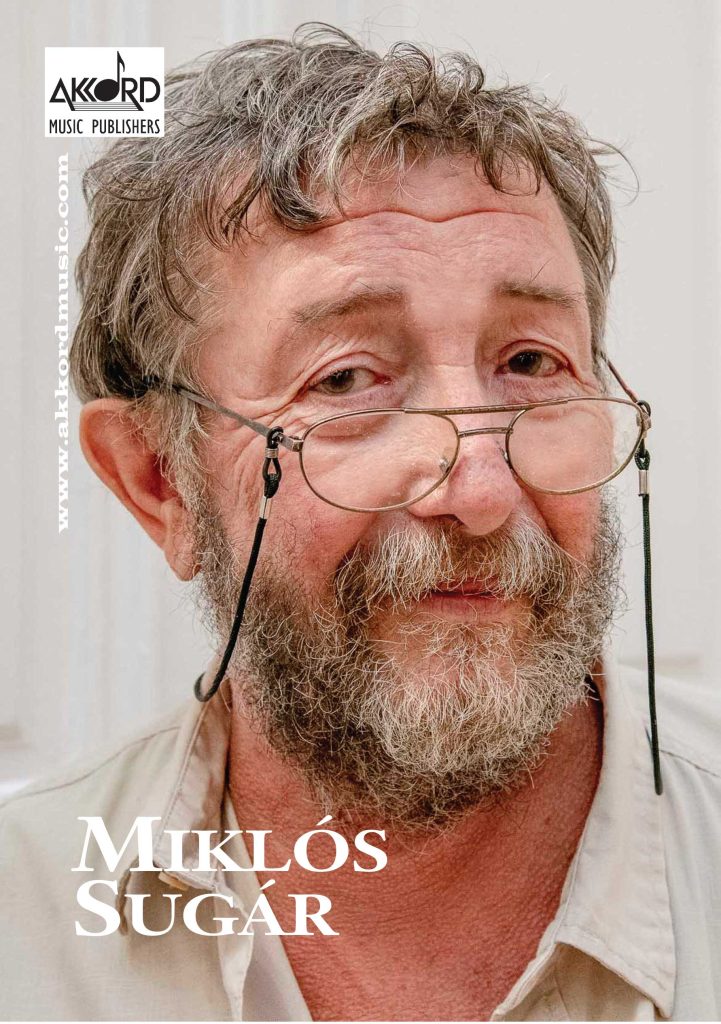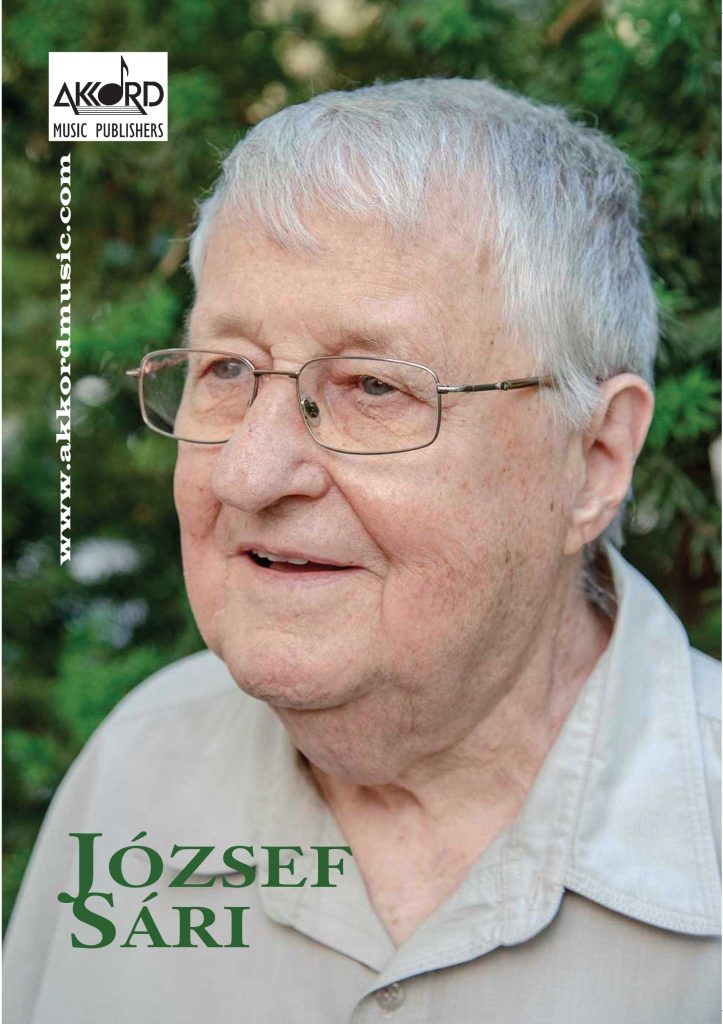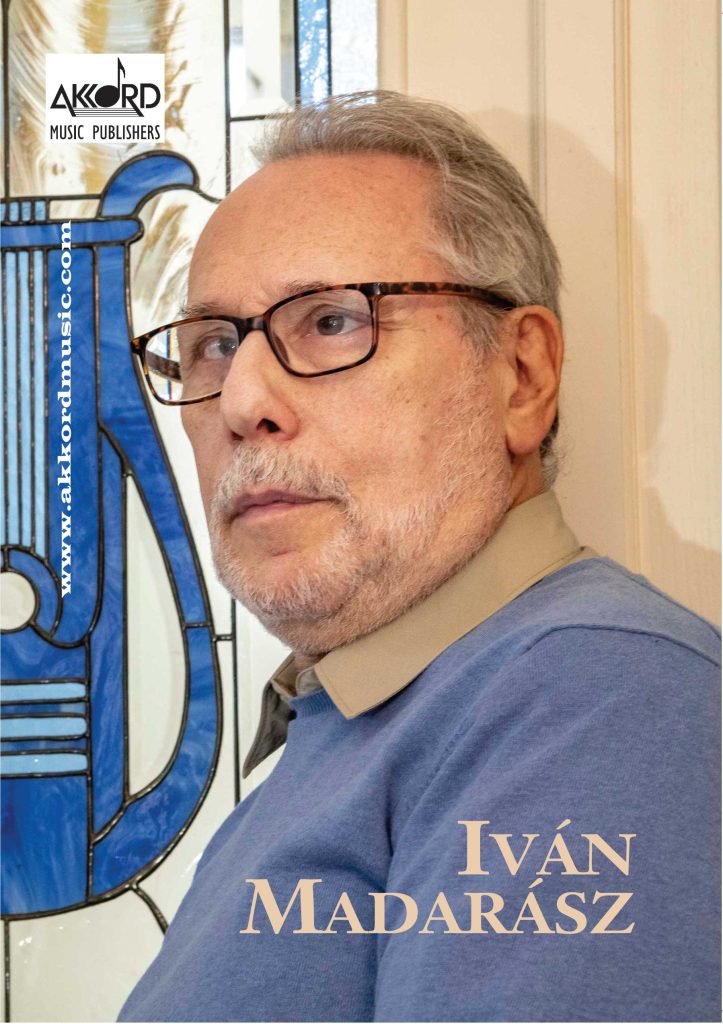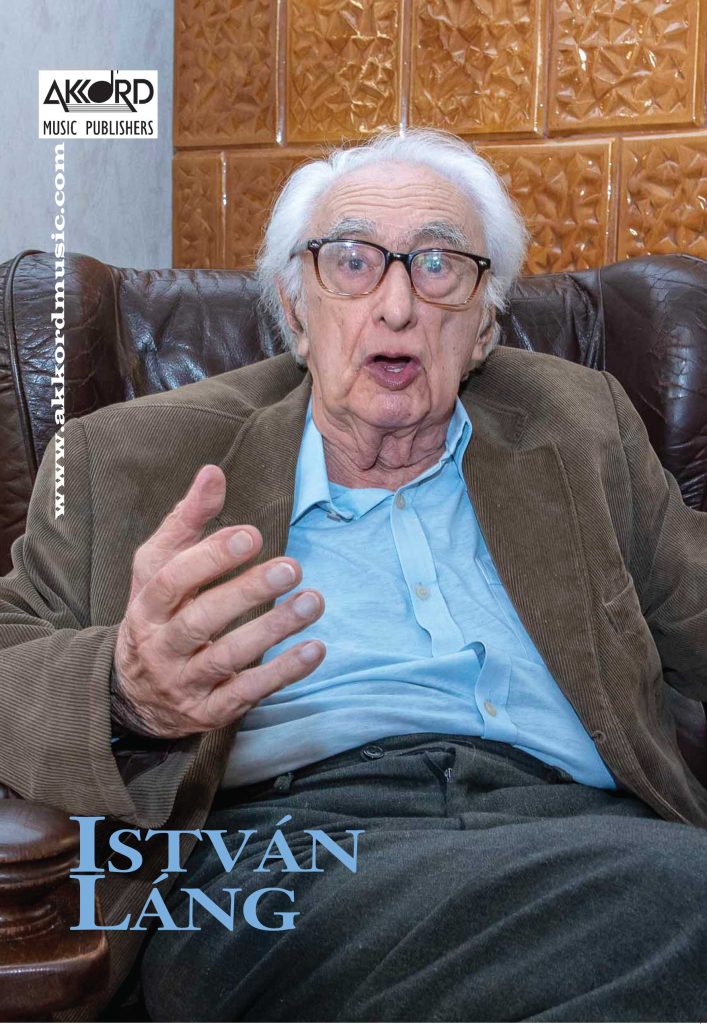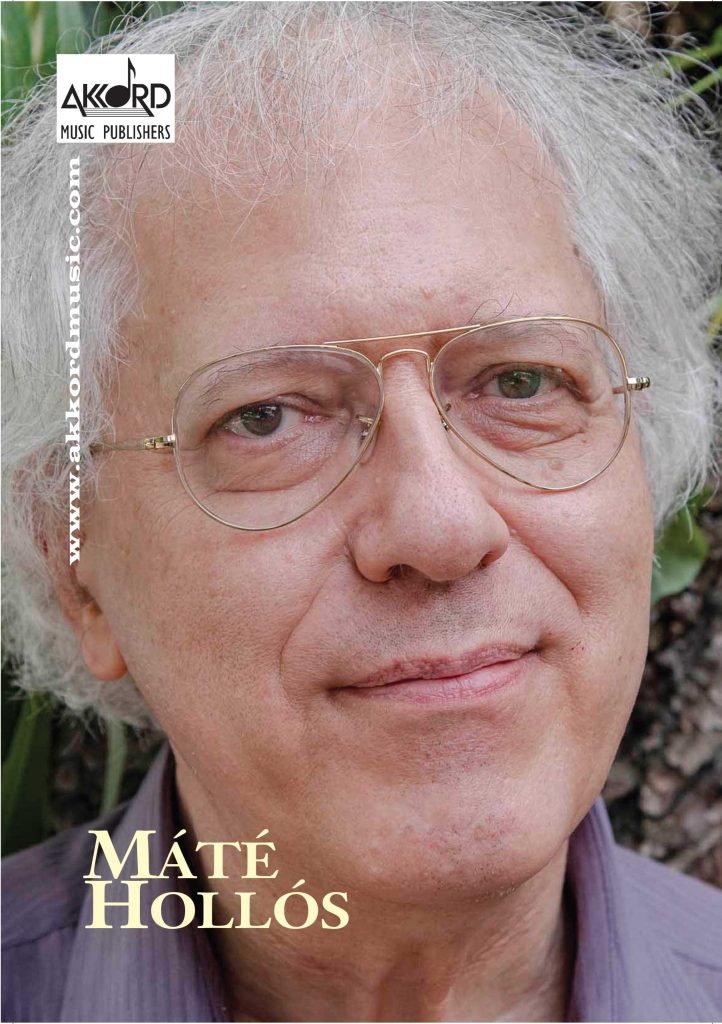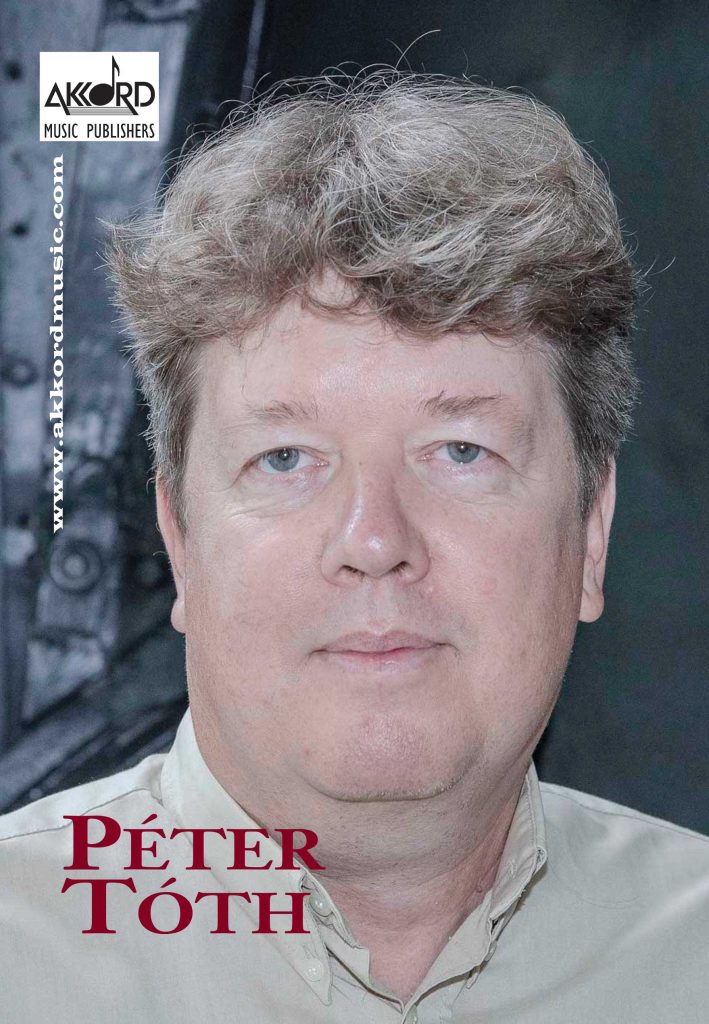 View Large
View Large
Péter Zombola (b. 1983) graduated from the Béla Bartók Conservatory in Budapest in 2001, where he had studied with Miklós Kocsár and Miklós Csemiczky, and continued his composition studies at the Liszt Academy of Music under Zoltán Jeney and György Orbán. In 2003 he received the second prize of the Semmering International Summer Academy and was awarded the second prize of the 2004 composer competition of the Liszt Academy. In the same year he won second prize at the István Vántus Composers’ Competition – in 2011, he received the first prize in the same contest. He won the Zoltán Kodály Music Composition Scholarship three times between 2007 and 2009. Many of his works have been performed in Hungarian and international music festivals. Between 2006 and 2009 he attended the DLA programme of the Doctoral School of the Liszt Academy Budapest, received his doctorate in 2010 there, and was habilitated in 2018. Between 2004 and 2013 he taught at the University of Theatre and Film Arts in Budapest, and between 2012 and 2017 worked as artistic director of the Hungarian Radio Symphony Orchestra and Choir. He has been professor of the Eszterházy Károly University since 2009, and the University of Debrecen since 2018. Among his awards are: Junior Prima Prize (2012), Erkel Prize (2015), the MAB Prize of the Hungarian Academy of Sciences (2017), Bartók–Pásztory Award(2020).
Alongside what is traditionally called art music, Péter Zombola also focuses on composing accomplished incidental music: he has worked on Hungarian and foreign film productions, has composed theatre music, and even music for commercials. In both his role as a composer and a teacher, he stresses the importance of attracting the attention of young people via the intellectual and emotional dimensions of music. The central elements of his oeuvre so far have been choral, oratorical, and orchestral works. Akkord Music Publishers have published five of Péter Zombola’s works. Written for either two flutes or recorders, and keyboard or string quartet, Chaconne (2008) evokes the popular genre of the Baroque era and can be used for educational purposes. As the variable instrumentation suggests, the composer does not focus on the technical possibilities of the instruments in his piece, but on the problems concerning musical structure. The thirty-two-measure chord progression, first presented by either the keyboard or the string quartet, appears a total of seven times throughout the composition. The wind parts join the chords with an ever-denser material, and the melody in the bassline is sur-

rounded by inventive ornamentation, eights, a three-beat pulse, an 11/8 asymmetrical rhythm, and sixteenth notes. Suite (2011) was also written for recorder, and, like the Chaconne, it alludes to Baroque music in its title. The five movements of the com[1]position partly follow the structure of Baroque suites; the movements typical of the genre, such as Sarabande and Rondeau, are present. However, the postmodern concept of the genre becomes apparent in the third movement, where a Scherzo evokes a later period, since this type of movement has only been a standard part of cyclic forms since Haydn and Beethoven. Similarly, the keys and tonal systems of the movements bear the marks of the re-evaluation of tradition. The opening movement (Ouverture) revolves around the D tonal centre characteristic of Baroque fanfares, but its contracting and expanding intervals put into parentheses the solemn character suggested by the key. In the Scherzo, the triads of F minor and A-flat major play a significant role, though they are regularly complemented by the seventh or even the ninth note of the chords, making the seemingly ordinary harmonies more exciting. The Air reinterprets the idea of a lyric melody through its large leaps between registers.
Narrowing Corridor (2003) is a one-movement etude for a soloist of any percussive instrument. It can be used educationally from an intermediate level. Its structure is similar to the series of variations built up in Chaconne, in that its rhythmic figurations get denser over time. Rhythmic Exercises (2008) also has an educational purpose; the composer intended it to make up for a deficiency in Hungarian music education. As Zombola explains in the accompanying notes: “Little attention is given generally in the Hungarian teaching of music to making students practice basic rhythmic patterns […] The exercises are suitable equally for solo or group drills, for being performed in canon, or


for being memorized. They can be done by tapping, clapping, or performed on any percussion instrument.” Composed for the Accord quartet, String Quartet No.1 (2006) once again reflects on Baroque genres and movement types: among its movements, a Ricercare, an Interludium, and three canons are found. The relationship between instruments is not the same throughout the seven movements of varied lengths. The first movement (Motto) unifies the instruments in a speech-like unisono, sounded ff, con fuoco. The roles of the instruments are less clear, but rather equal in most of the other movements (1-4 and 6-7), the only apparent outlier is the fifth movement (Canon 2), where the cello gets the main role. The movement is a fantasy, or even a recorded improvisation, that unfolds below the chords of the two violins and the viola, requiring the appropriate freedom to be expressed by the performer.
Written by Viktória Ozsvárt
translated by Péter Ittzés




